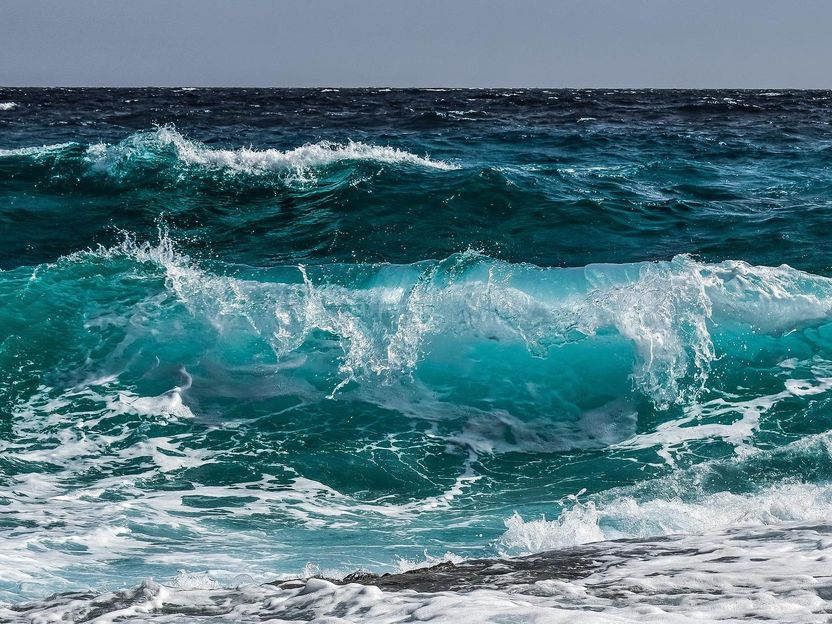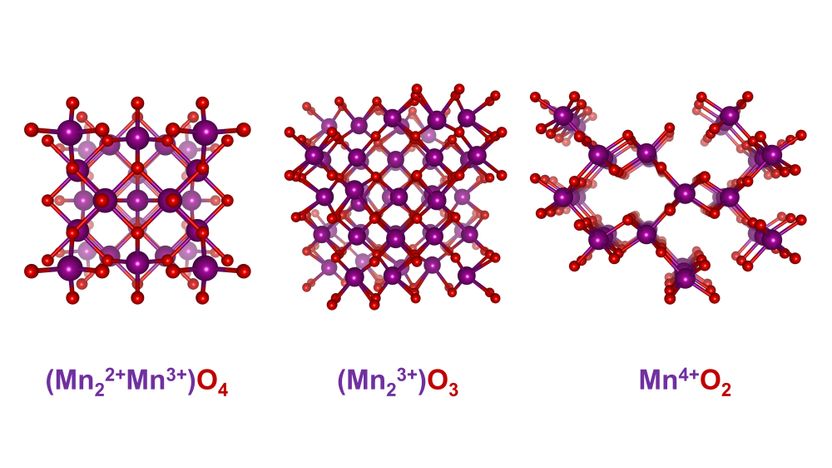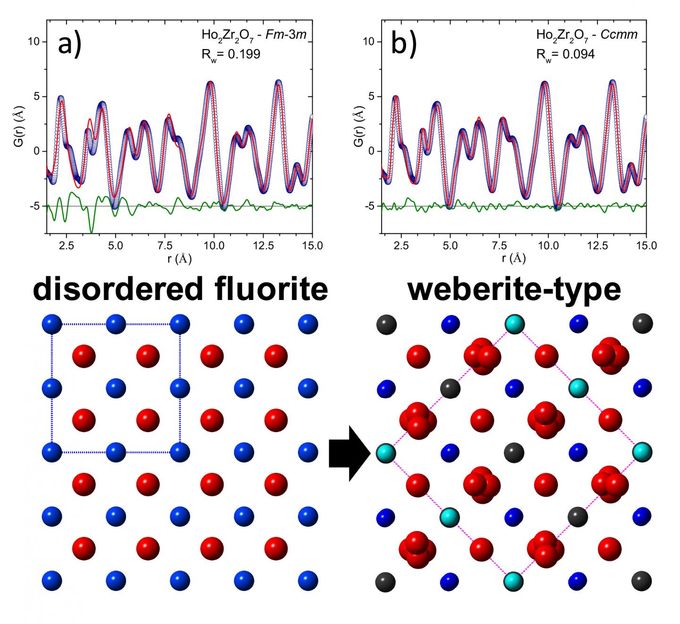Halogens emitted from oceans amplify global warming of methane in the atmosphere
Iodine, bromine and chlorine transferred from the ocean have increased the lifetime and greenhouse effect of this gas by 6% to 9% over the century.
An international team, led by researchers from the Spanish National Research Council (CSIC), has performed climate-related chemistry simulations to assess the impact of oceanic emissions of halogenated compounds (iodine, bromine and chlorine) on methane in the atmosphere, the second most important contributor to global warming after carbon dioxide (CO2). The results, published in Nature Communications, reveal that the emission of these compounds over the century has increased the lifetime and greenhouse effect of methane by 6% to 9%.

Ocean halogens are produced by biological activity and photochemical reactions at the ocean surface, from where they are transferred to the atmosphere.
Pixabay
Methane is the most abundant reactive greenhouse gas. However, unlike CO2, it does have an active chemistry in the atmosphere. Current climate models underestimate the lifetime of methane, thereby indicating that there are still uncertainties in its emission and removal processes from the atmosphere.
"This work highlights the importance of considering the chemical complexity of our atmosphere when forecasting the effect of methane on global warming in future climate scenarios," explains CSIC researcher and coordinator of this study Alfonso Saiz López, from the Instituto de Química Física Rocasolano (IQFR-CSIC),
Ocean halogens are produced by biological activity and photochemical reactions at the ocean surface, from where they are transferred to the atmosphere. According to the researchers, the increase in methane concentration due to halogens will be equivalent at the end of the century to the increase in methane in the atmosphere over the last three to four decades.
"This work evaluates for the first time the effect of halogen chemistry on atmospheric methane over this century, for two different climate scenarios. The analysis of the results shows that the increase in methane persistence in the atmosphere when halogens are included is significant and similar in both climate scenarios," says Saiz-López.
The results of the study, framed within the international ERC-Consolidator Climahal project, show that the inclusion of the emissions and chemistry of these compounds increases the atmospheric lifetime of methane and, thus, the current gap between model estimates and observations of the atmospheric lifetime of methane is reduced.
Qinyi Li, researcher at IQFR-CSIC and first author of the paper, emphasizes: "Our results indicate that the chemistry of halogenated compounds emitted from the oceans, and so far not considered in climate models, should be incorporated in future climate simulations assessing the influence of methane on global warming during this century".
Note: This article has been translated using a computer system without human intervention. LUMITOS offers these automatic translations to present a wider range of current news. Since this article has been translated with automatic translation, it is possible that it contains errors in vocabulary, syntax or grammar. The original article in Spanish can be found here.
Original publication
Most read news
Original publication
Qinyi Li, Rafael P. Fernández, Ryan Hossaini, Fernando Iglesias-Suárez, Carlos A. Cuevas, Eric C. Apel, Douglas E. Kinnison, Jean-Francois Lamarque and Alfonso Saiz-López; "Reactive halogens increase the global methane lifetime and radiative forcing in the 21st century."; Nature Communications.
Topics
Organizations
Other news from the department science

Get the chemical industry in your inbox
By submitting this form you agree that LUMITOS AG will send you the newsletter(s) selected above by email. Your data will not be passed on to third parties. Your data will be stored and processed in accordance with our data protection regulations. LUMITOS may contact you by email for the purpose of advertising or market and opinion surveys. You can revoke your consent at any time without giving reasons to LUMITOS AG, Ernst-Augustin-Str. 2, 12489 Berlin, Germany or by e-mail at revoke@lumitos.com with effect for the future. In addition, each email contains a link to unsubscribe from the corresponding newsletter.
Most read news
More news from our other portals
Last viewed contents
Hemodynamics
Arene_substitution_patterns
Alkane
Meadowsweet
First single-enzyme method to produce quantum dots revealed

Printing nanomaterials with plasma
Lacquer
18-Methoxycoronaridine
Ipsapirone

Green hydrogen: faster progress with modern X-ray sources
Cytochrome_c





























































